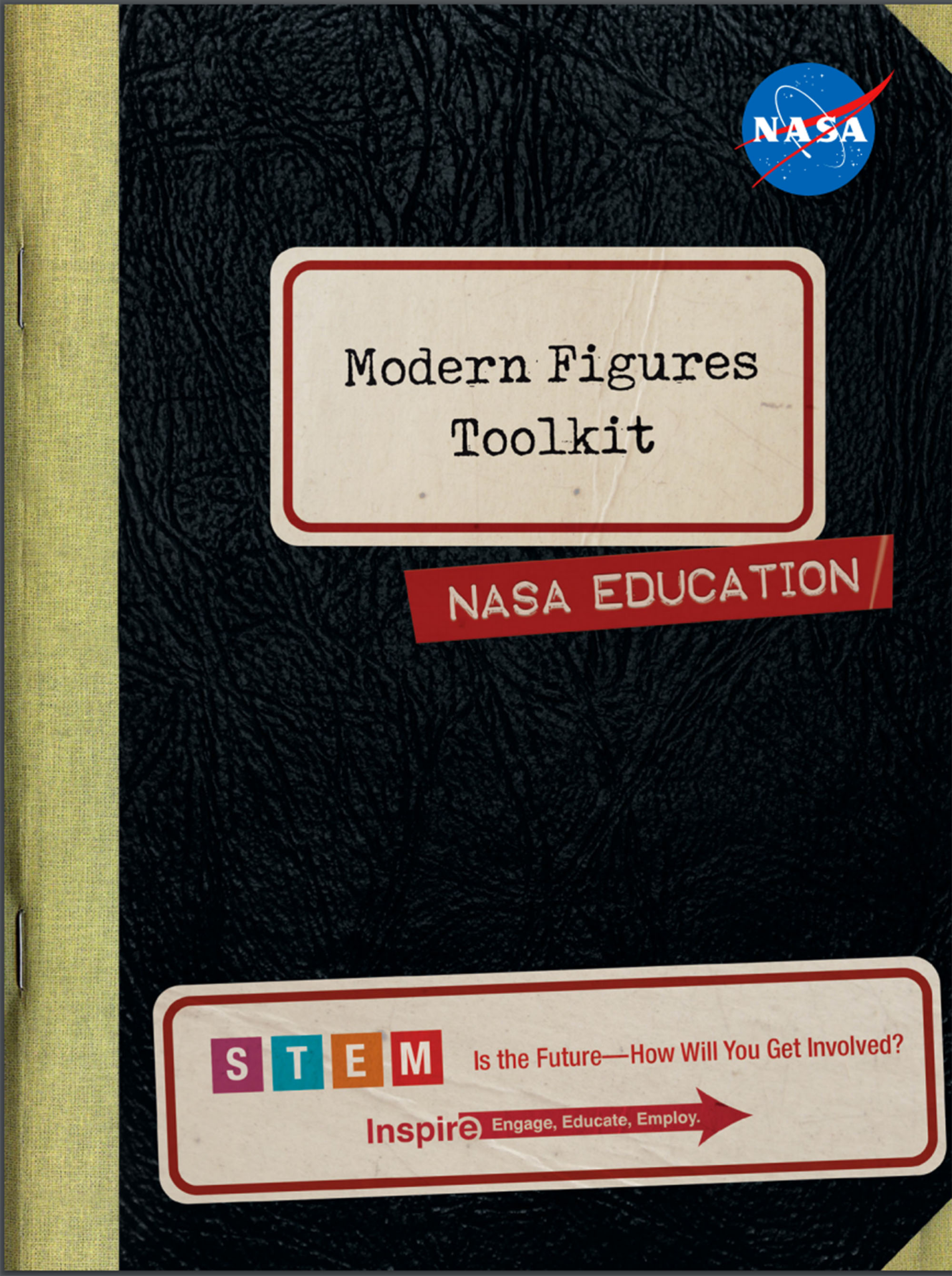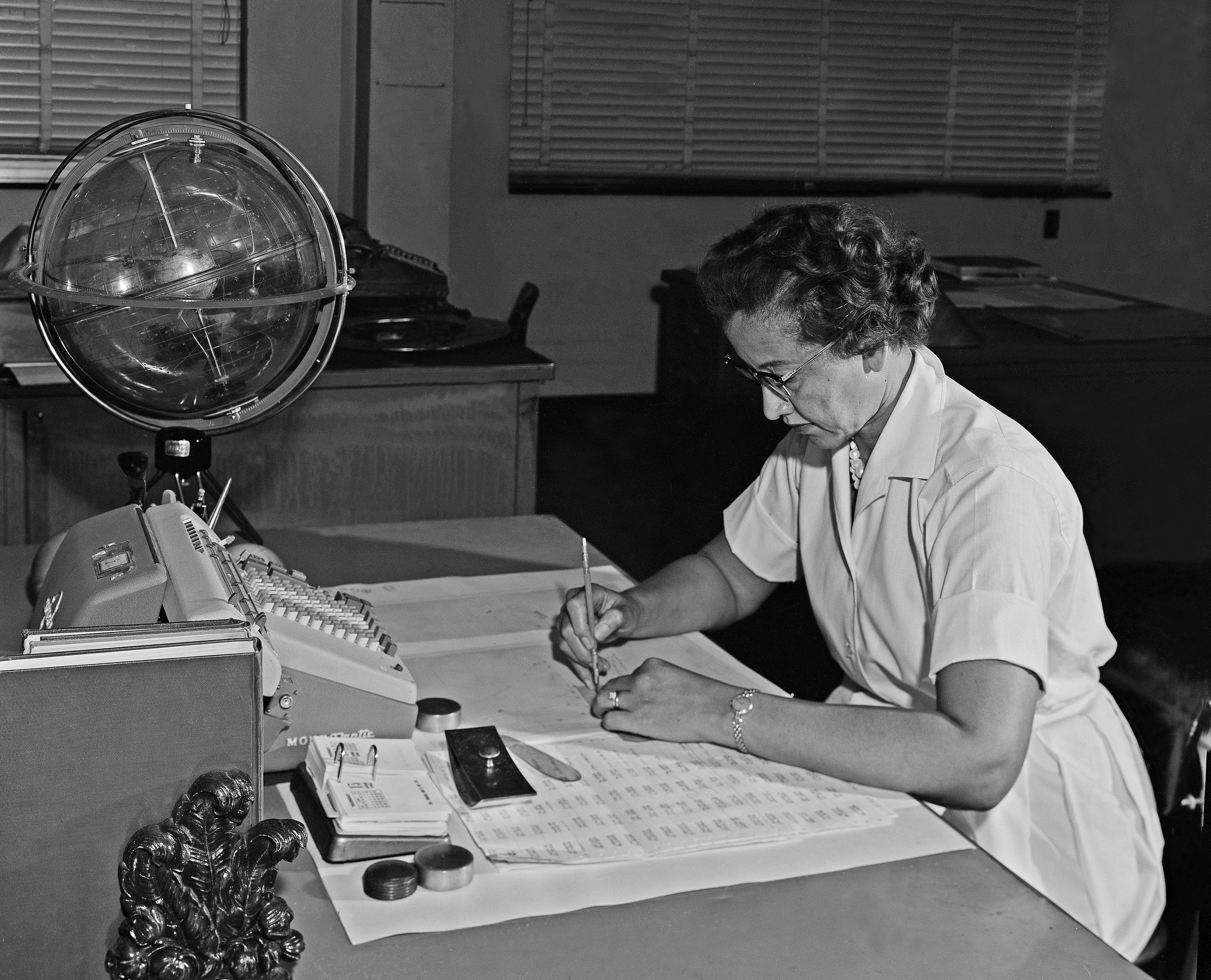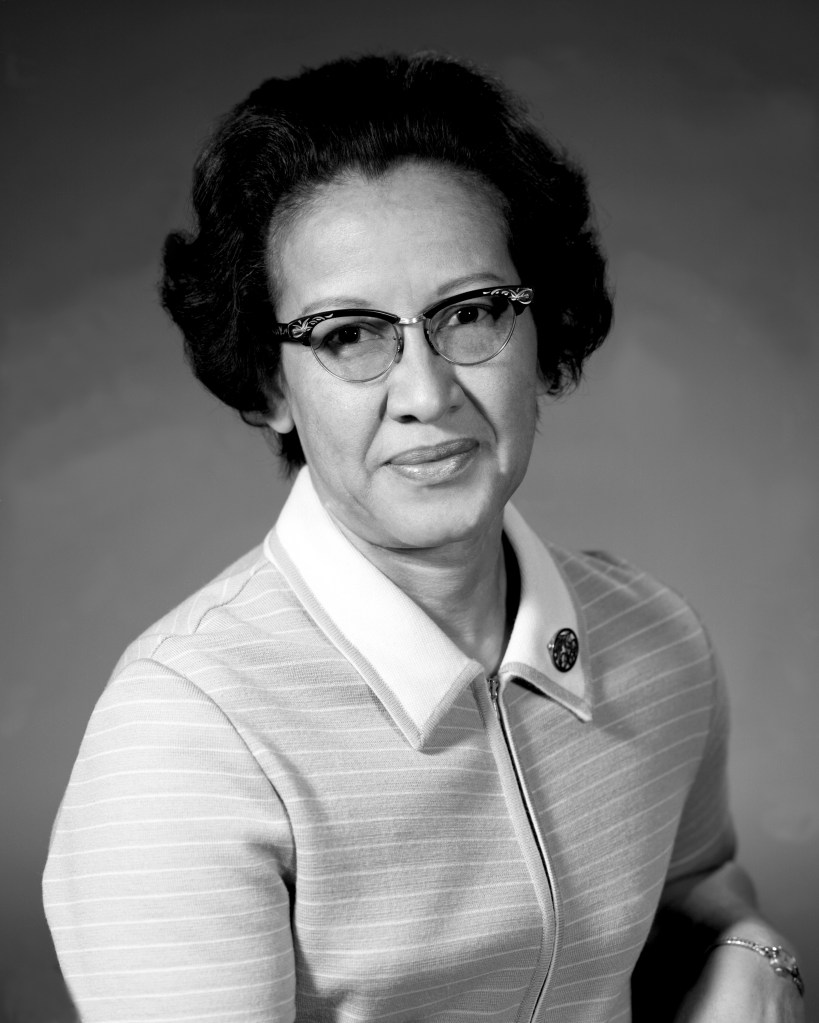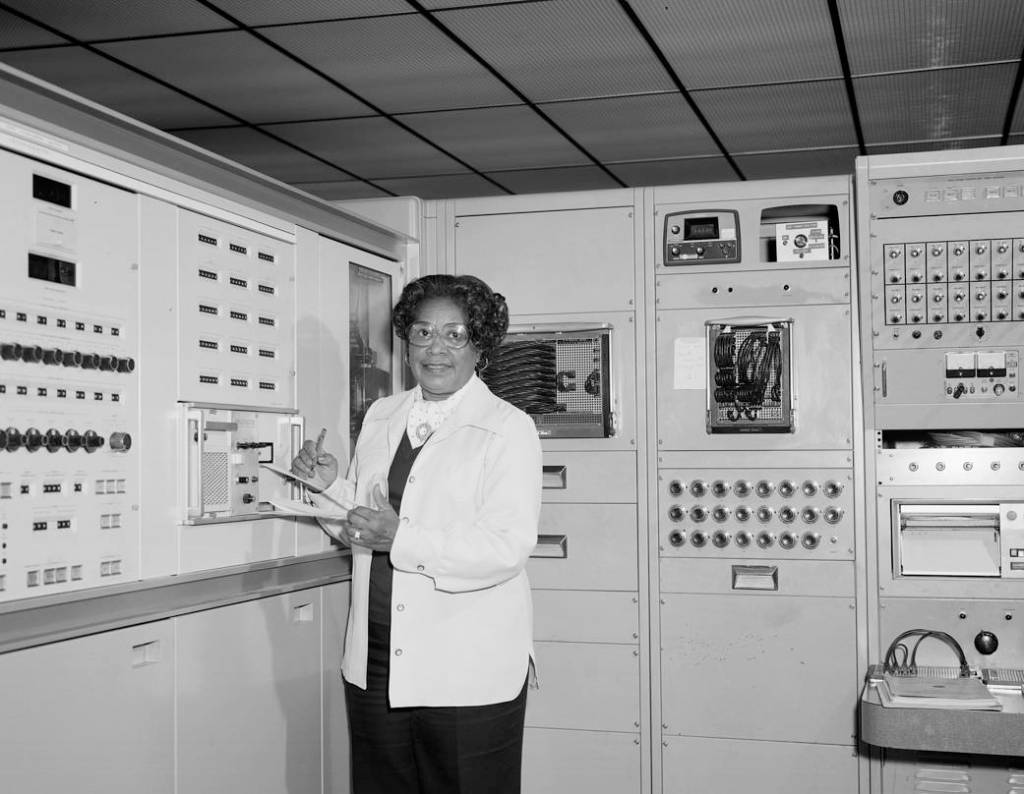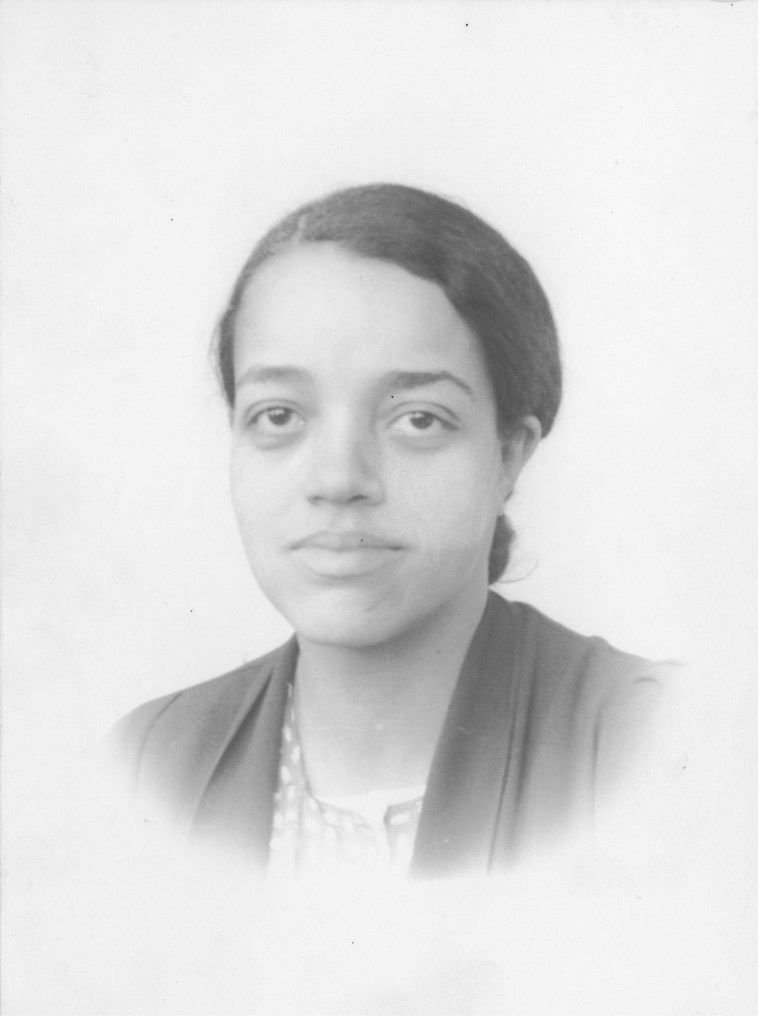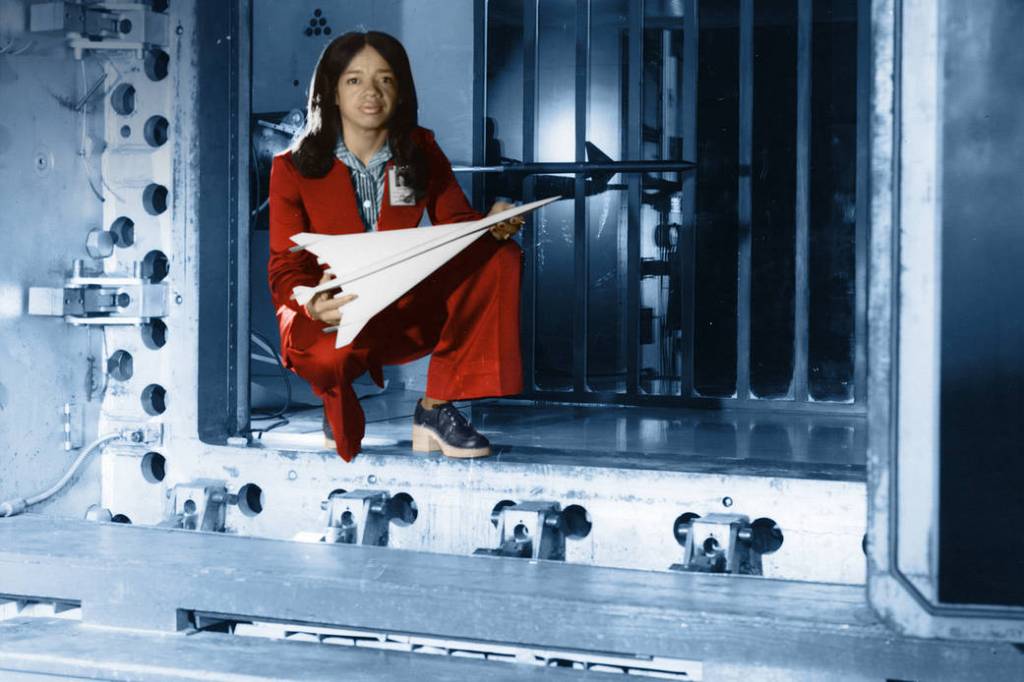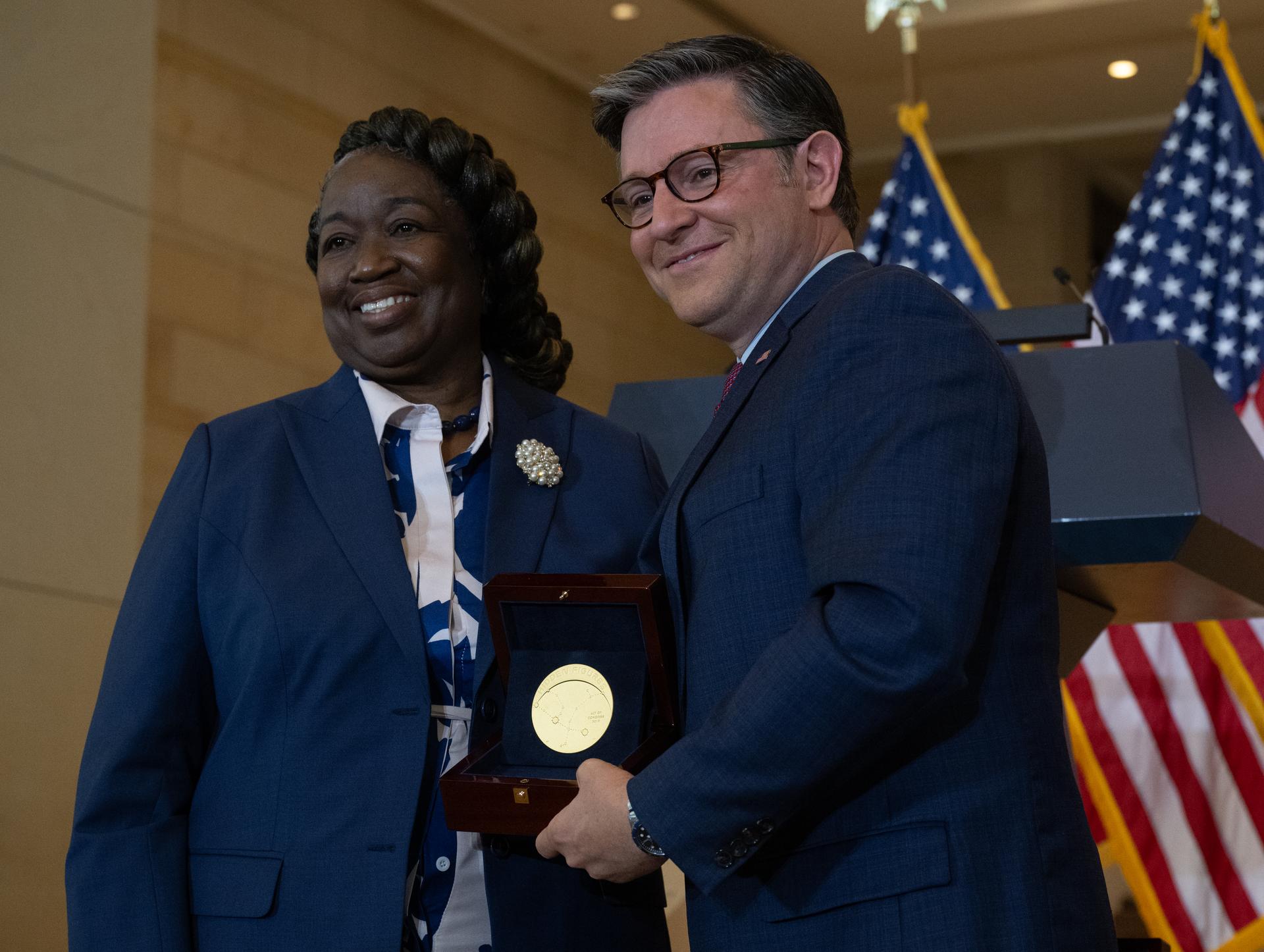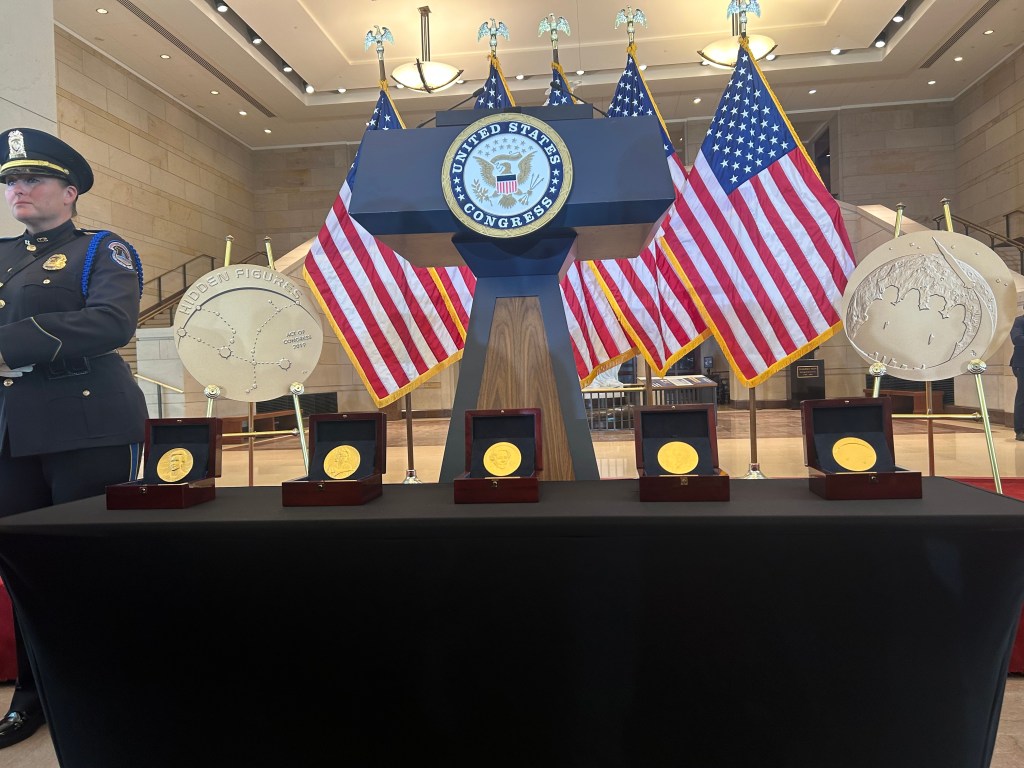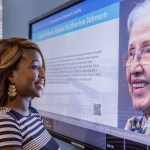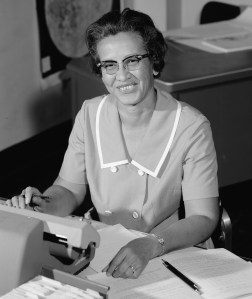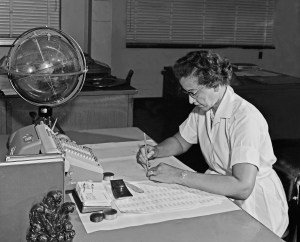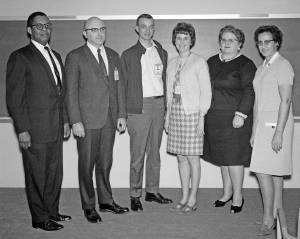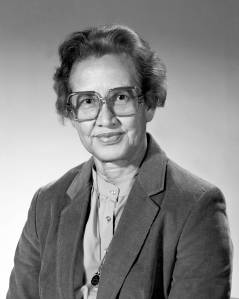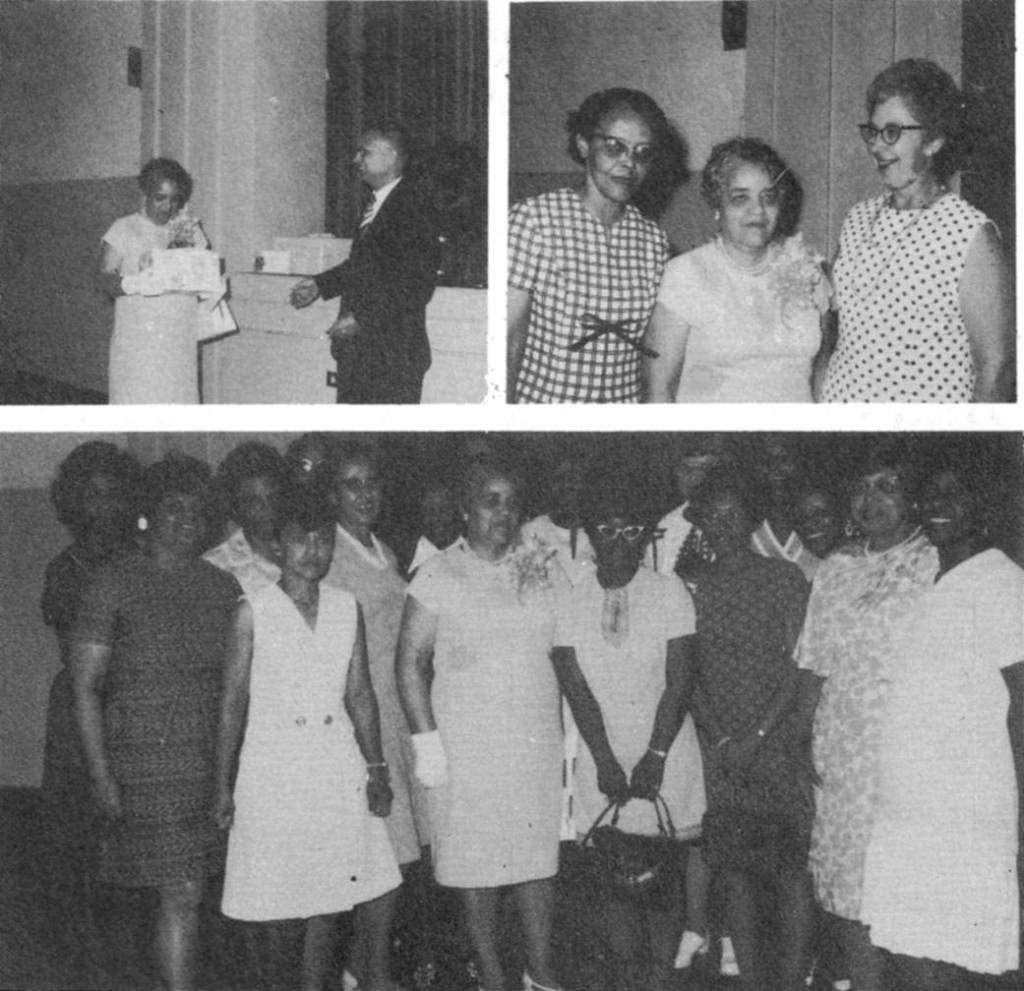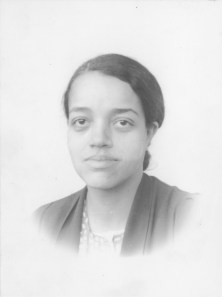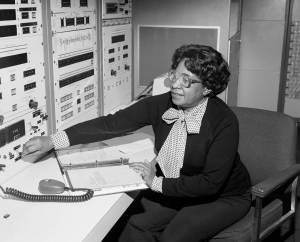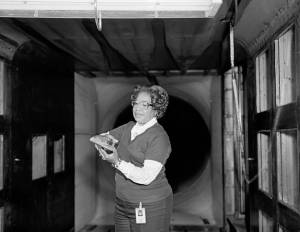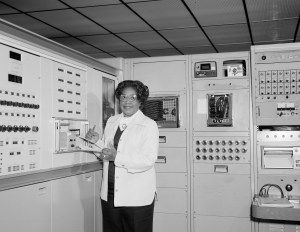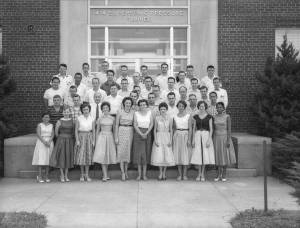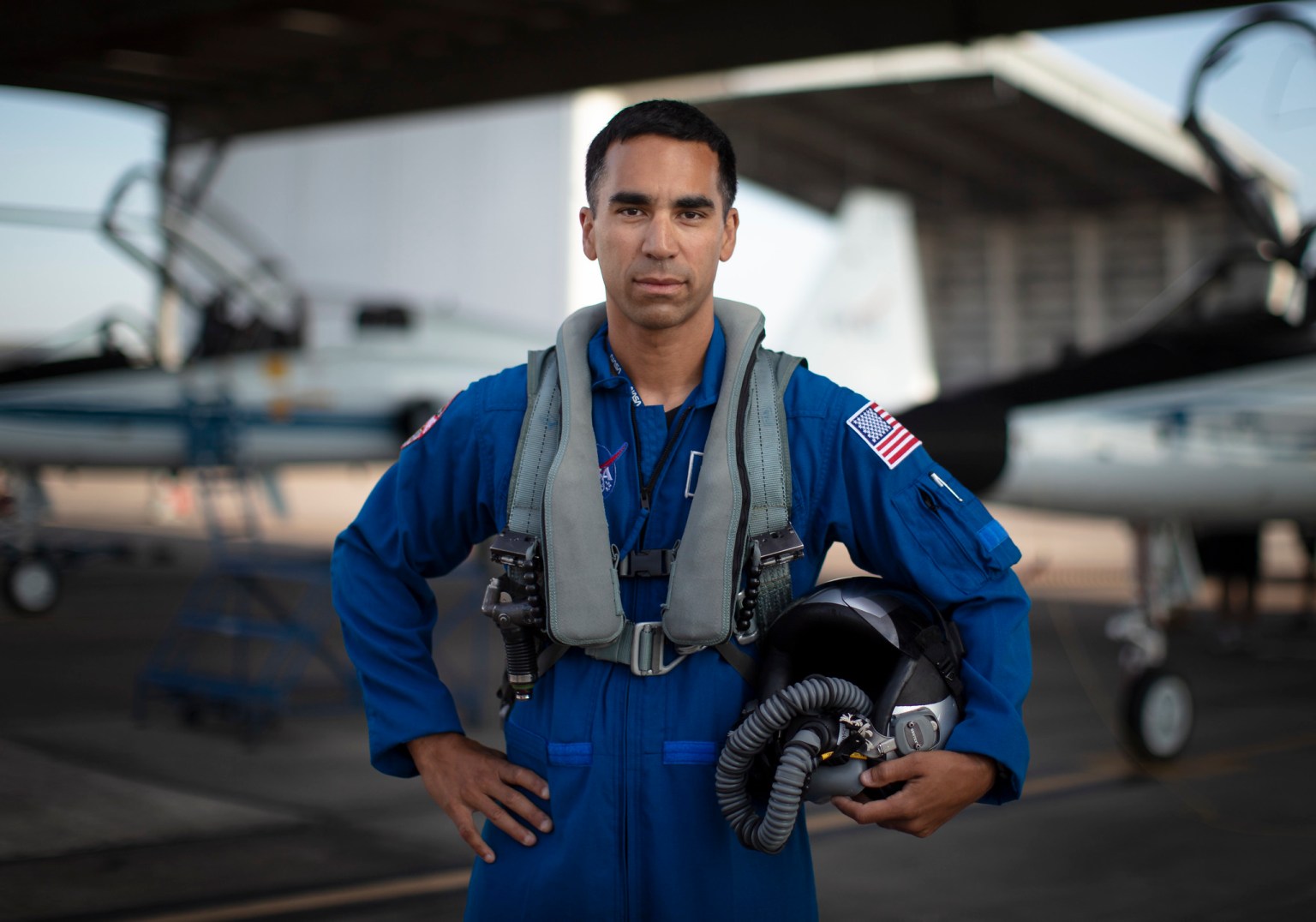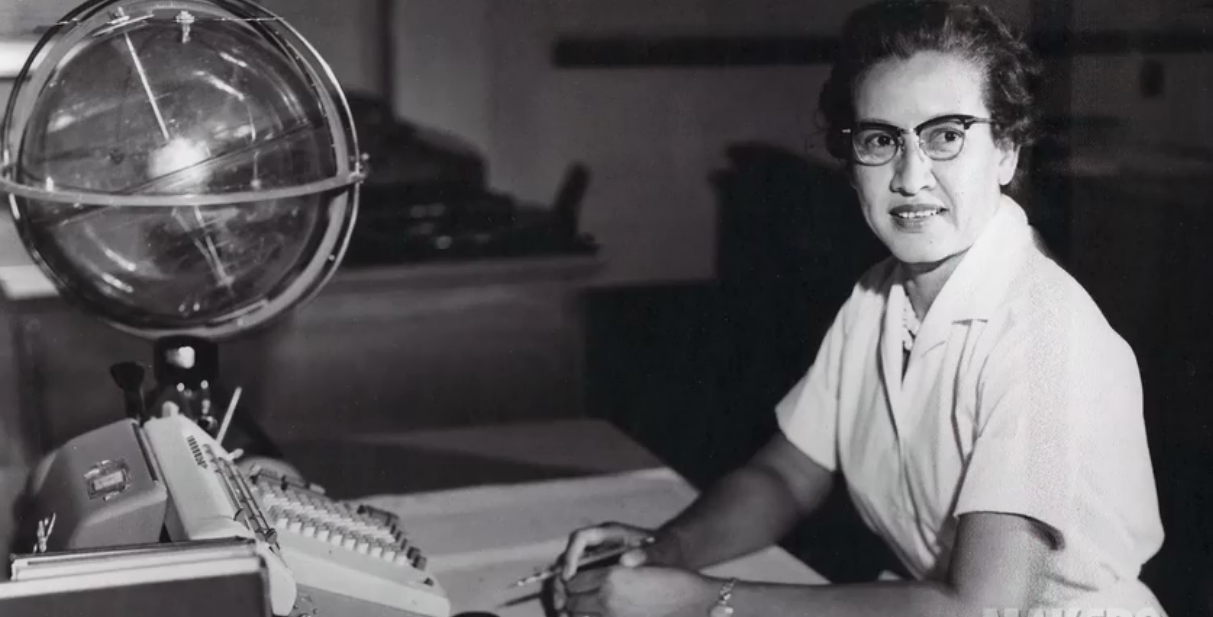Biographies
NASA Administrator Shares Hidden Figure Congressional Gold Medal Remarks
“The pioneers we honor today, these Hidden Figures – their courage and imagination brought us to the Moon. And their lessons, their legacy, will send us back to the Moon…”
NASA Administrator Bill Nelson saluted the women who contributed to the space race, including the NASA mathematicians who helped the first astronauts land on the Moon, during the Sept 18, 2024, Hidden Figures Congressional Gold Medal ceremony held in Washington, DC.
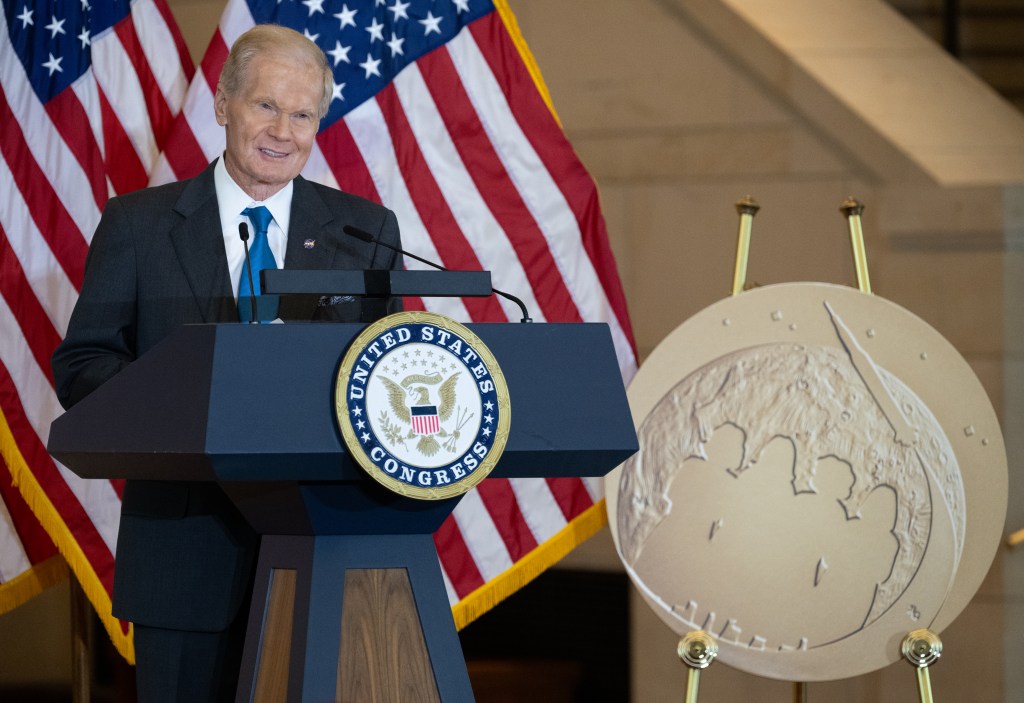
NASA’s Modern History Makers
The NASA’s Modern History Makers series highlights members of NASA Glenn’s workforce who make our remarkable missions possible.
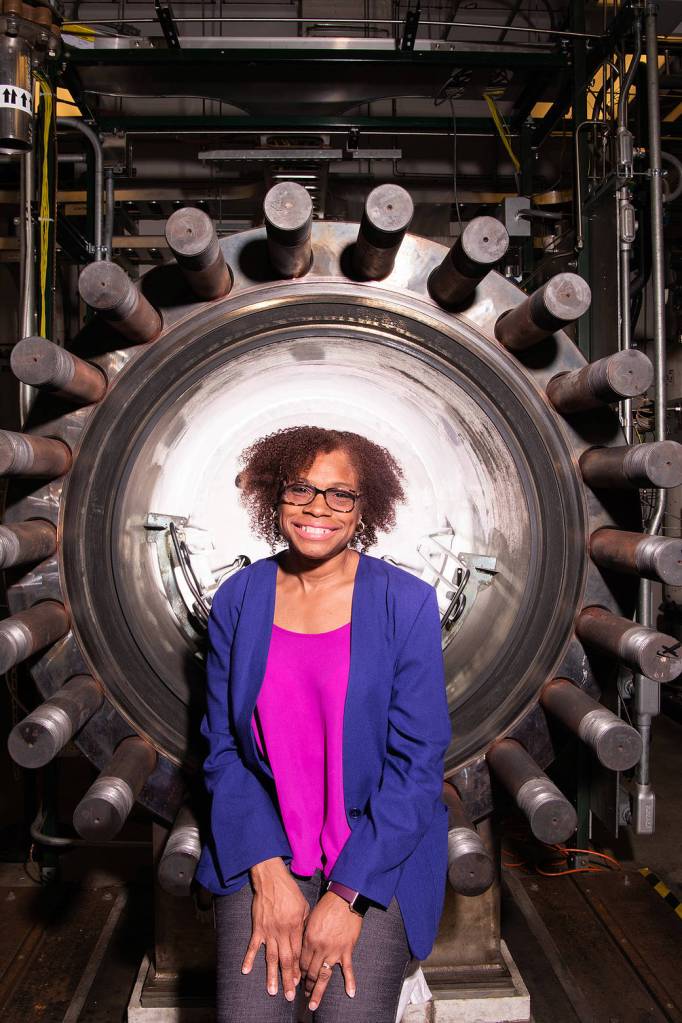
A Hidden Figure of History
Hidden Figures actress Janelle Monáe introduces Mary Jackson, who worked at NASA’s Langley Research Center in Virginia during Project Mercury. Learn about NASA’s Hidden Figures and its Modern Figures making history today.
Visit the Modern Figures Video PlaylistModern Figures: Education Resources
The NASA Modern Figures Toolkit is a collection of resources and educational activities for students in grades K-12. Resources highlighted include videos, historical references and STEM materials.
Get the Toolkit about Modern Figures: Education Resources